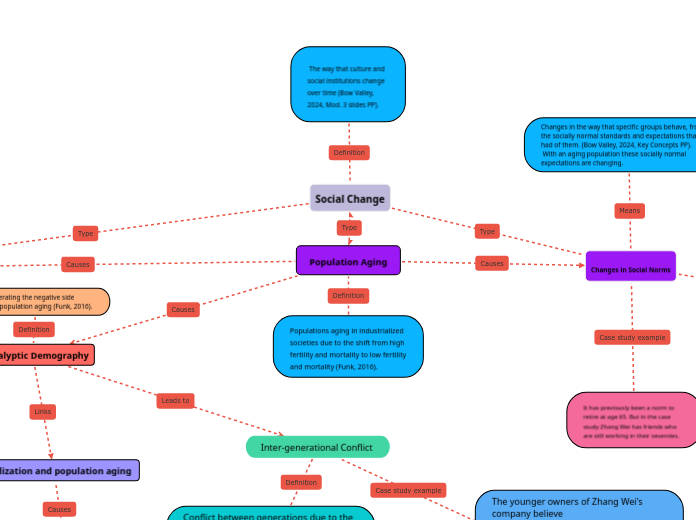realizată de Ashley Varga 1 an în urmă
88
Population Aging
The narrative revolves around the challenges faced by Yu Yam in caring for her aging husband, Zhang Wei, amidst evolving social and cultural dynamics. With an aging population often referred to as the "









